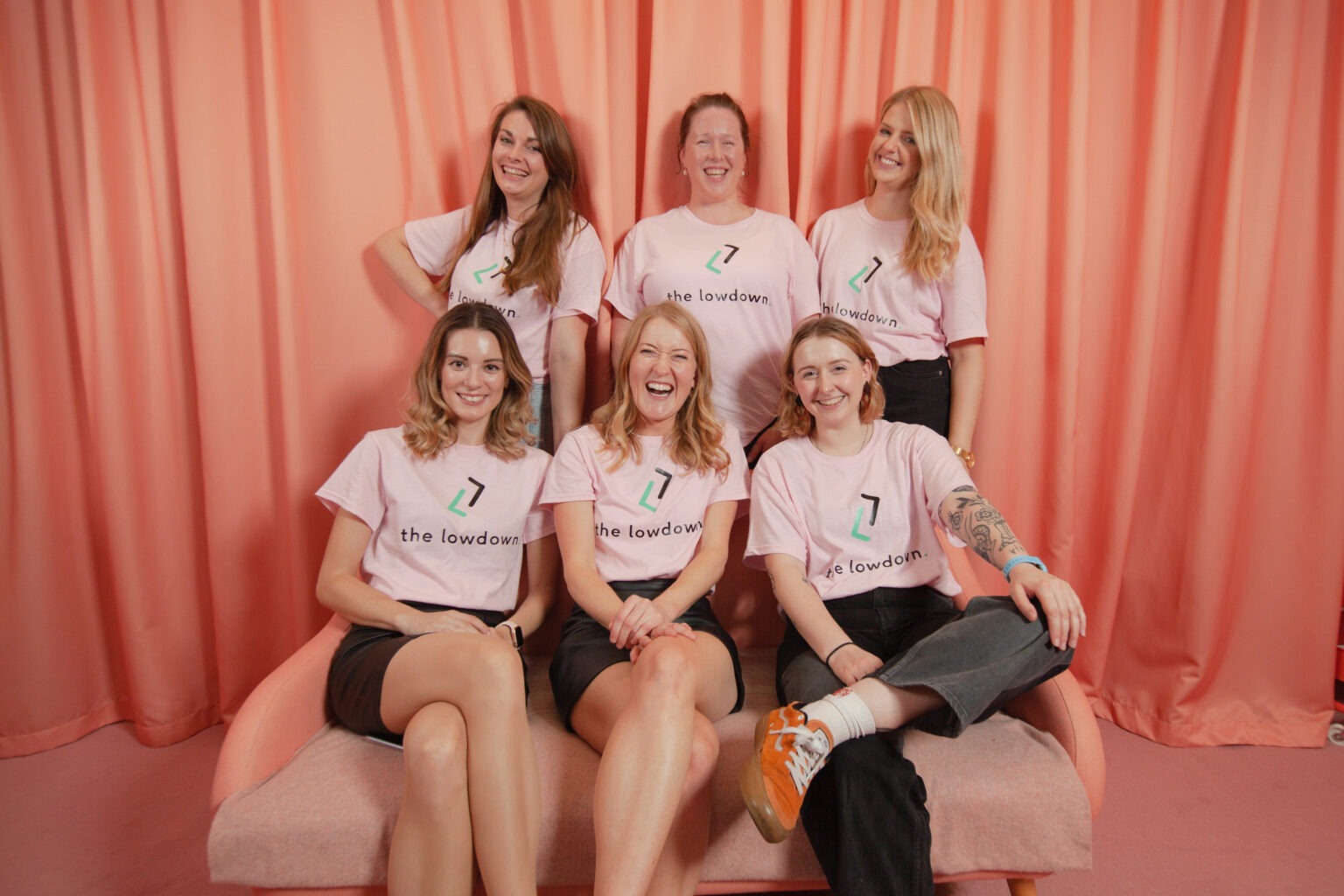FemTech and women’s health has been a hugely underestimated market opportunity and one that is set for huge growth in the coming years. With Frost & Sullivan predicting FemTech will be a $50 billion market by 2025, FemTech is positioning itself as a major investment opportunity over the next few years.
We asked three prominent investors in FemTech the important question: What do investors need to know about this space?
What is FemTech?
As Victoria Kennard, Executive Director at 500 Startups, says, FemTech encompasses “products, services or technologies that aim to address conditions that solely, disproportionately or differently affect women’s health and wellbeing”.
“There is a bit of an ongoing debate as to whether this means any service/product designed for women or specifically just women’s health.” Claire Palmer of Silicon Valley Bank tells us.
On the issue of definition, Kennard raised the important point that FemTech “is not limited to just cis-gendered women but also includes trans-people too”, and therefore FemTech also includes anyone with female sex organs and hormones.
Why should I care about FemTech?
All three experts highlighted the wider implications FemTech has on society.
As Evie Mulberry, Managing Director at Astia says, the space is about “technology-based innovation improving women’s health, which is critical for all of society, not just women”.
“Women’s health needs have historically been overlooked within the healthcare industry,” says Claire Palmer, “it is time to destigmatize these subsectors of health (menstrual, sexual, reproductive, etc.) and for individuals to embrace the technologies helping us to better understand and aid our bodies.”

Palmer isn’t the only one to draw attention to the space’s power to create a more balanced and fairer world for all.
“Women’s healthcare has been overlooked for years,” says Evie Mulberry, so “it is important for all of society that we are starting to redress this through the innovations and solutions now in the market, with more to come.”
“It’s simplistic to think that women’s health only affects women,” says Victoria Kennard, “women make up approximately 50% of the global population and 40% of the global workforce in 2019 so female health and wellbeing has a material impact on society.”
What’s FemTech’s potential?
“Whilst this is still a niche sector, there are various drivers creating growth opportunities in the market” highlights Claire Palmer, “these drivers include the rise in awareness of women’s health, it being much less of a taboo topic in society, and new approaches to R&D.”
As Victoria Kennard points out, “women are responsible for 80% of healthcare and 85% of consumer purchasing decisions in their families so they’re also a significantly underestimated consumer more broadly. Working-age women spend 29% more per capita on healthcare compared to men and are 75% more likely to use digital tools for healthcare than men.”
So whilst, “the space has historically been overlooked for funding, in recent years this is changing as investors have recognised the potential for huge market disruption,” says Evie Mulberry, who has a number of FemTech companies within Astia Angels‘ portfolio.

This potential for funding opportunities was highlighted most by Victoria Kennard, whose Firm has made over 1800 investments across 60+ countries. She said “VC funding into FemTech has been consistently increasing since 2011 with over $592 million invested in 2019 while the global FemTech market generated $820.6 million in the same year.
Furthermore, Victoria highlighted the important point of FemTech’s connection to personalised health management, “an industry which is expected to reach $3.2 trillion by 2025.”
What risks are involved?
“FemTech still remains a relatively underdeveloped sub-sector of HealthTech and we haven’t seen many exits in this space, which is probably why it hasn’t historically attracted as much VC attention” says Claire Palmer, who leads Silicone Valley Bank’s relationship activities with early stage funds.
Kennard continues this line of thinking, “the sector needs to see more sizeable exits to continue to attract investor exits, there’s some encouraging signs with Progeny and This is L. and I hope we’ll be seeing a lot more.”

“FemTech companies sit more on the Life Science side vs general health/wellbeing/consumer side, [so] this will dictate what investors they need to be speaking to and who will in turn support them”, says Claire Palmer.
“When it comes to marketing your product, certain phrases or images are incorrectly censored by algorithms and most mainstream media still takes a much more conservative approach to the discussion of female anatomy than the male which can prove challenging and frustrating.” Kennard highlights, this as an issue because “some areas of FemTech, particularly around sexual wellness are still considered ‘taboo’ or explicit” therefore, “many institutional investors may have restrictions which impact what certain VC managers are able to invest in.”
What’s FemTech’s Potential?
All our experts said that the risks outweighed the enormous potential when it came to FemTech, and highlighted some key success stories.
For Clair Palmer, Elvie, a tech company focusing on women’s health, were a clear success story. “I think the reason they’ve done so well is simple; rather than taking society’s traditional approach of hiding from women’s problems, they asked what could technology do to solve this, and built it!”
Whilst Evie Mulberry, highlighted NVision, a privately-held medical device company dedicated to filling the void in women’s health innovation.
Victoria Kennard, saw the menstrual tracking app Clue as “an inspirational example for other FemTech founders to follow”. “While there’s still a lot more potential for cycle tracking technologies to evolve and improve (particularly with regard to inclusivity), I think Clue is forging an interesting path with integrity and I’ll be following their continued growth with interest.”
Who should we look out for in the space?
For Victoria Kennard, who suffers herself from the condition, new technology in the endometriosis space provides real excitement. “There’s a huge opportunity in better diagnostics and management of the condition, both with a view to products and services for healthcare providers and direct consumers. The global market for endometriosis is expected to reach $2.3 billion in the next five years and there’s been some really exciting companies in the space – NextGen Jane and DotLab for example.”
“I am really interested to see more tech companies targeting women’s midlife health issues, in particular, menopause. This generation of women (Generation X) who are now approaching menopause are tech-savvy, have disposable income, and are looking for digital solutions to help with menopause management.” says Claire Palmer, who also highlighted XRHealth, “a virtual reality exercise startup that has developed a snowy landscape where women complete cognitive behavioral therapy to reduce their menopause symptoms”.







